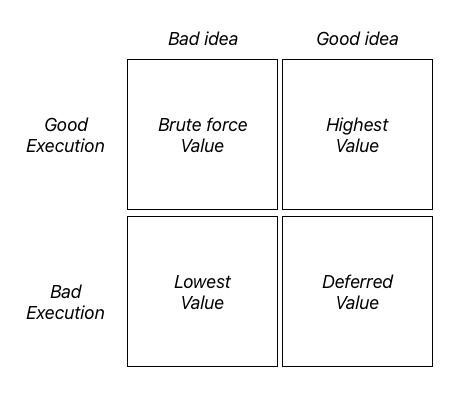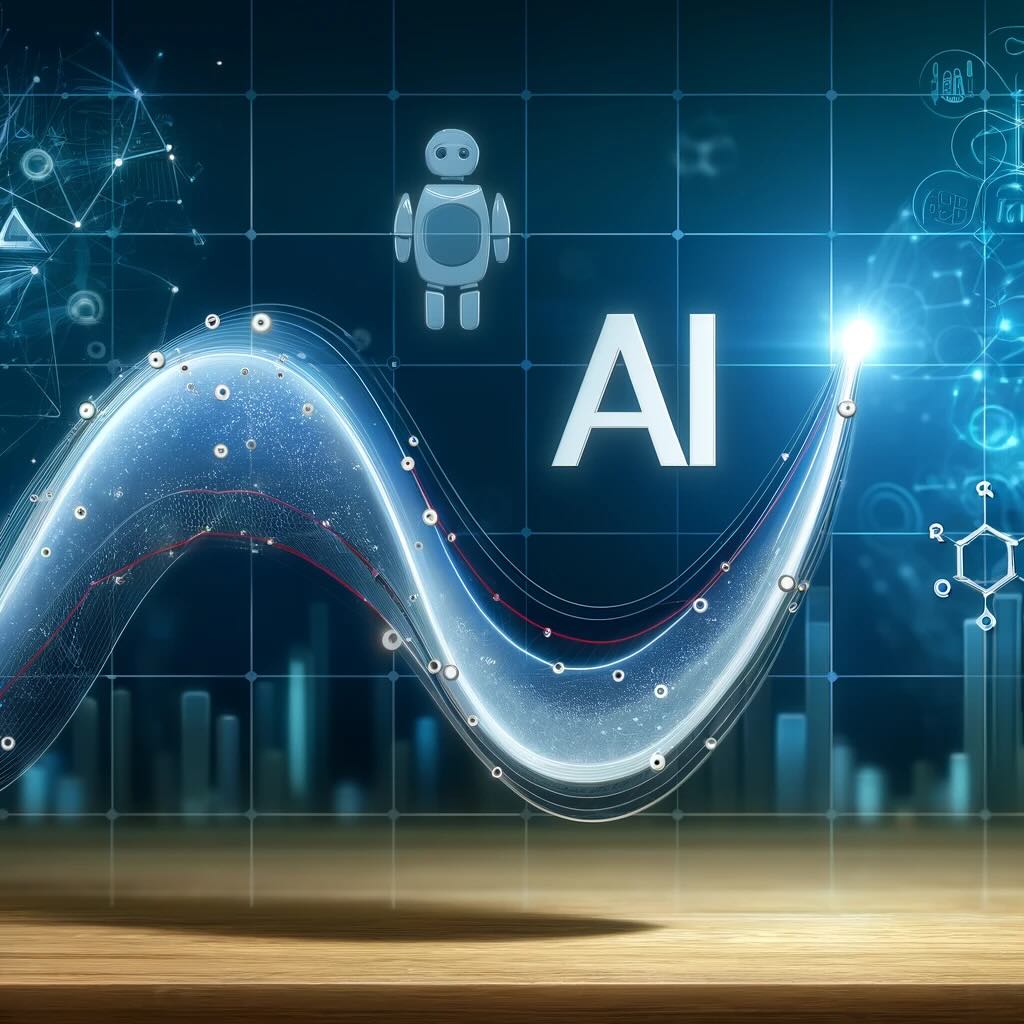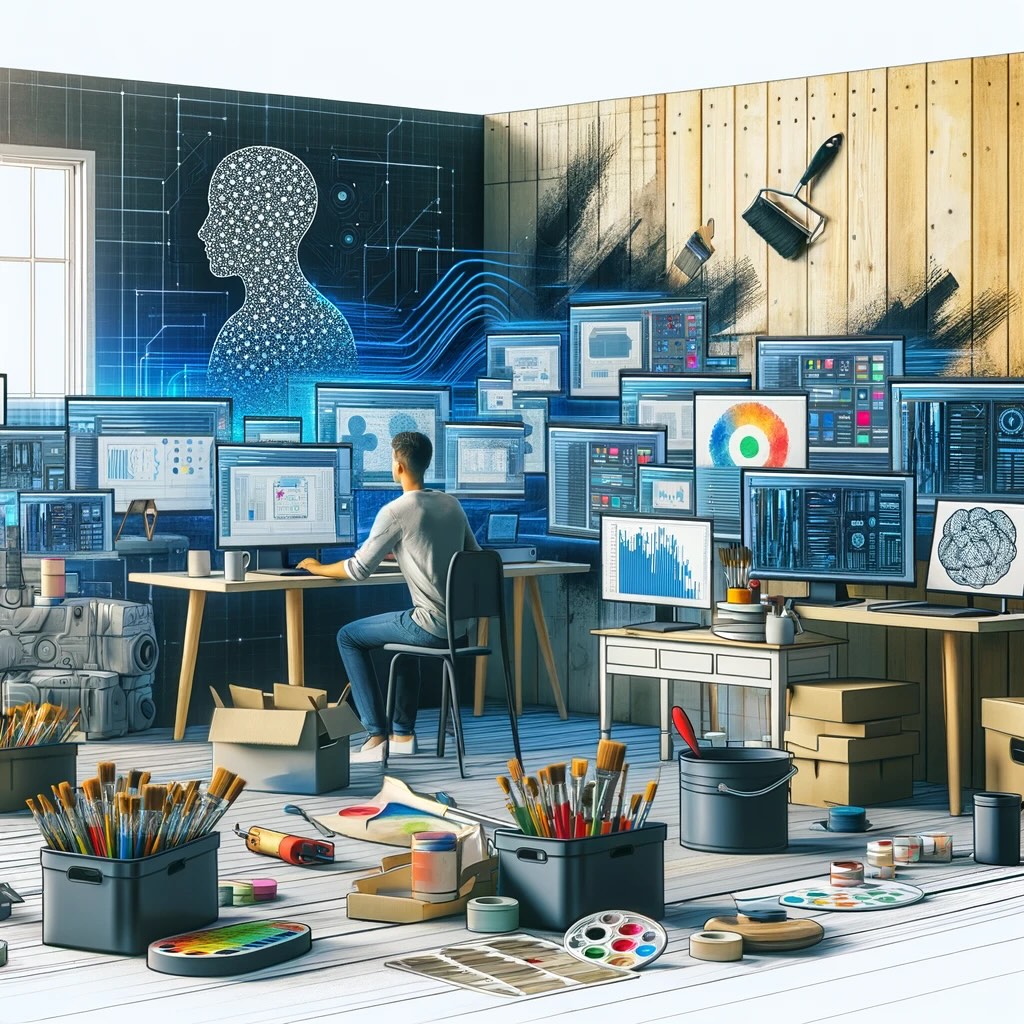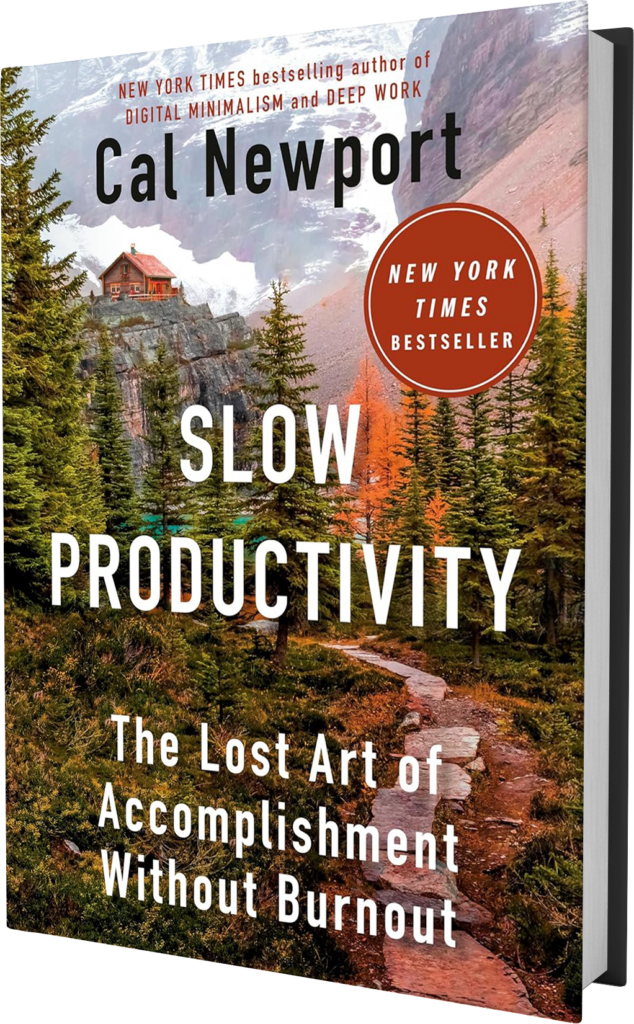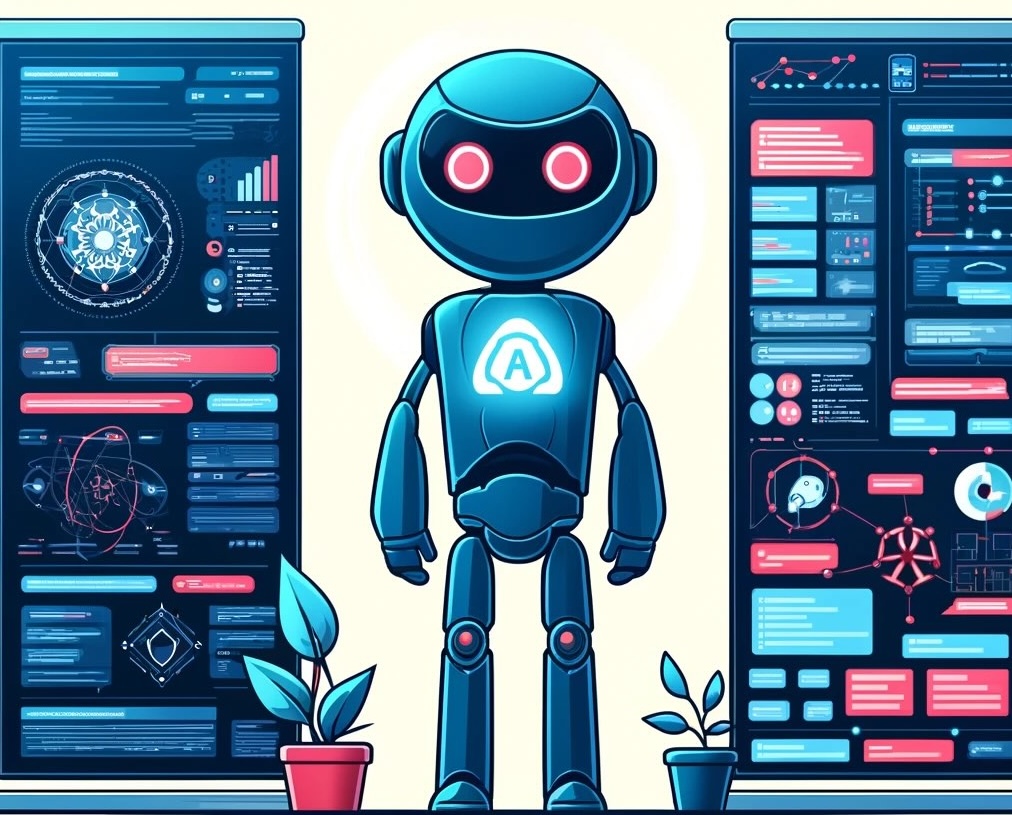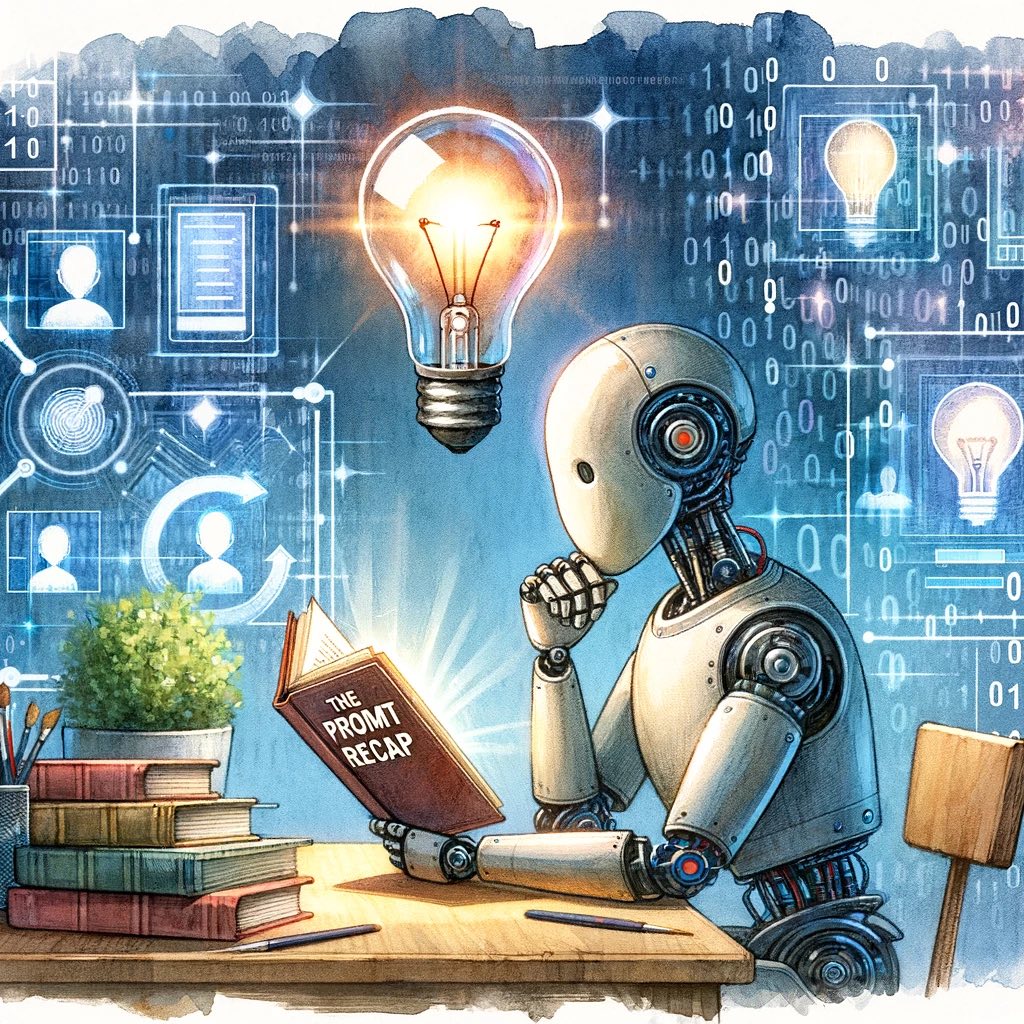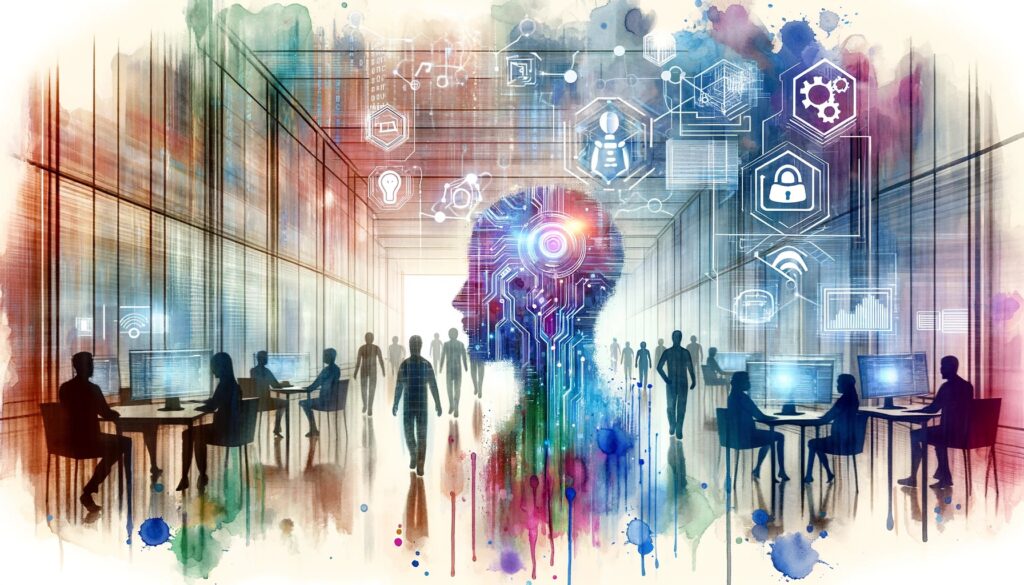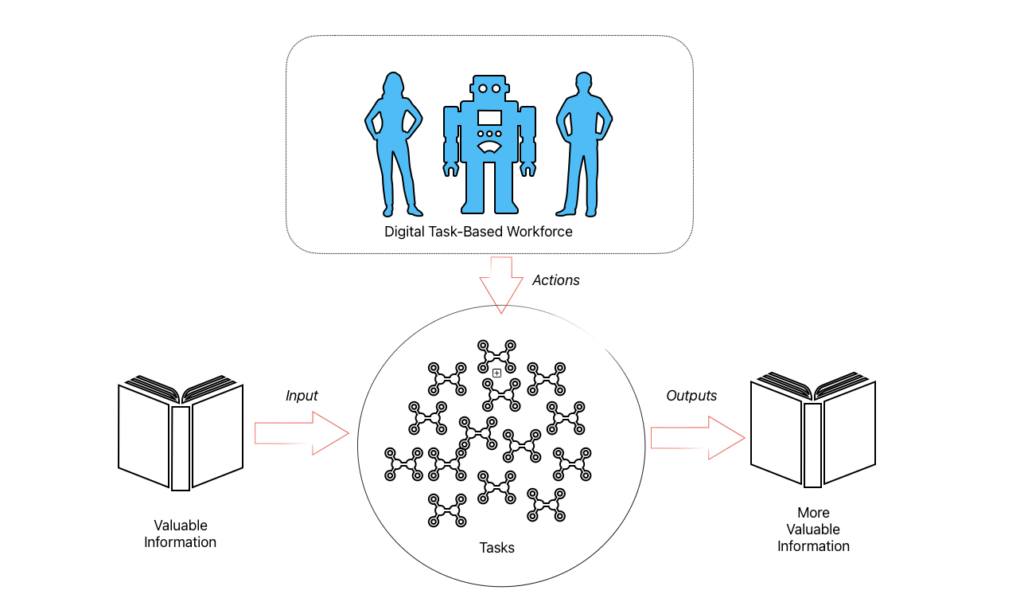We are rapidly accelerating toward a world of intelligent systems. The stepping stones to intelligence are clear:
- Data: It is the fuel, creating information from which we can glean insights and generate ideas.
- Digitisation: Provides ubiquitous access to everything, everywhere.
- Platforms: Facilitate scaled interactions between producers and consumers.
- Language: Offers a common vocabulary for communication across the enterprise.
- Intelligence for the Masses: Increases the amount of and access to intelligence.
Each of these stepping stones to intelligence represents a paradigm shift. They have been progressing rapidly and independently, converging toward an intelligence-powered future.
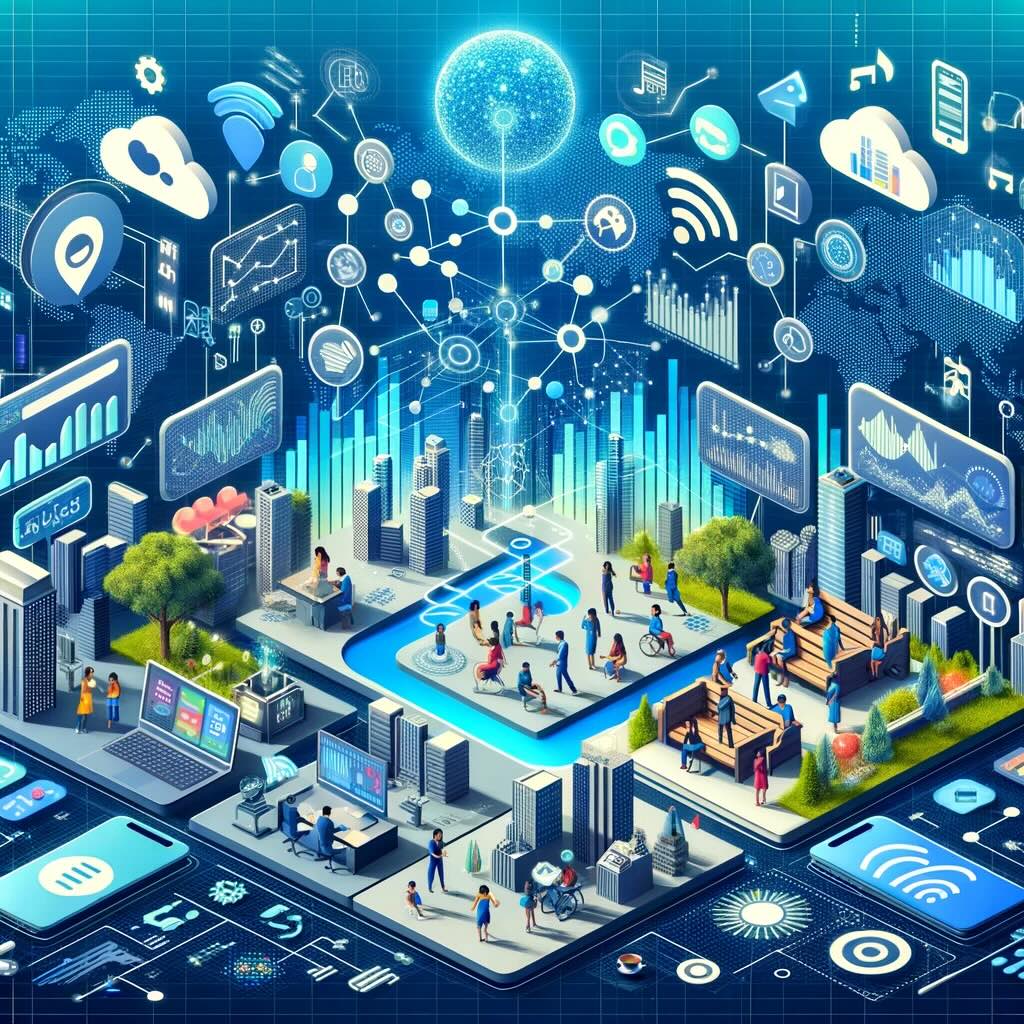
Data
Data, derived from the Latin word datum, means something given. Brands enhance their experiences to increase customer interactions, collecting data as a result. This data is the fuel for future growth; the more you have, the greater your opportunities to monetize it.
Digitization
Digitization is the first D in Peter Diamandis’ 6D model of technological disruption leading to exponential growth. Digital data is easy to access, share, and distribute. It is the currency of the information economy, enabling digitization.
Platforms
Successful business platforms like Spotify, Airbnb, Uber, Netflix, and Amazon (SAUNA) drive massive value. They facilitate scaled interactions, exchanging units of value such as music, stays, rides, shows, and products. Enabled by the internet, platform businesses democratize access to digital data.
Language
The language of business is critical to success. It varies by sector, category, practice area, region, and specialization. For example, the language used in the US market for commerce to sell electric vehicles in the automotive sector. Making this language external for both humans and machines is a significant AI challenge.
Intelligence
The amount of and access to intelligence are increasing exponentially. Machine intelligence is rapidly surpassing human intelligence. Democratizing access to this intelligence across corporate and consumer landscapes opens limitless possibilities.
In Summary
Imagine an AI continent with 1 billion smart workers, paid in a few watts per day. They work tirelessly and only need instructions. These future digital workers are mobilizing today, marketed as copilots, agents, companions, and assistants. So, integrating them into blended teams or teams of teams is the next challenge.

